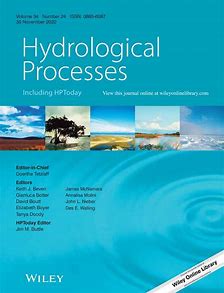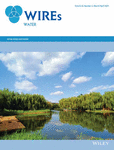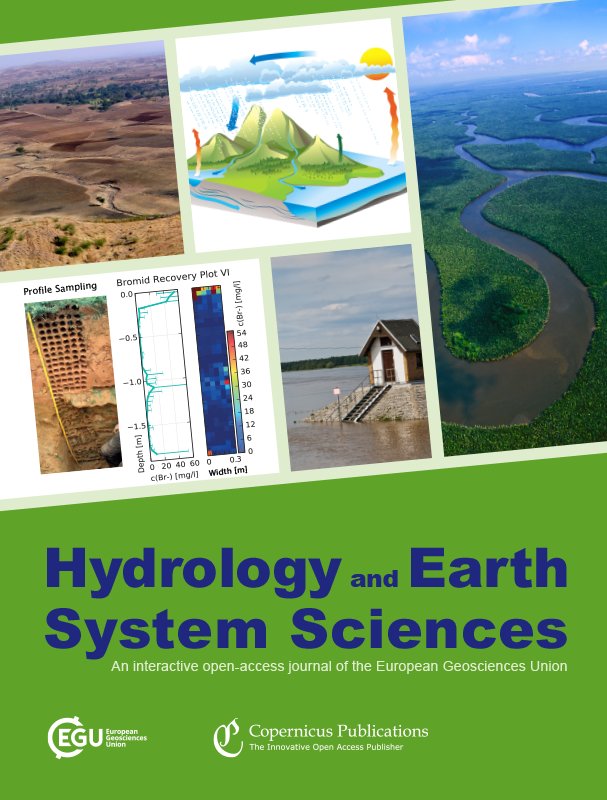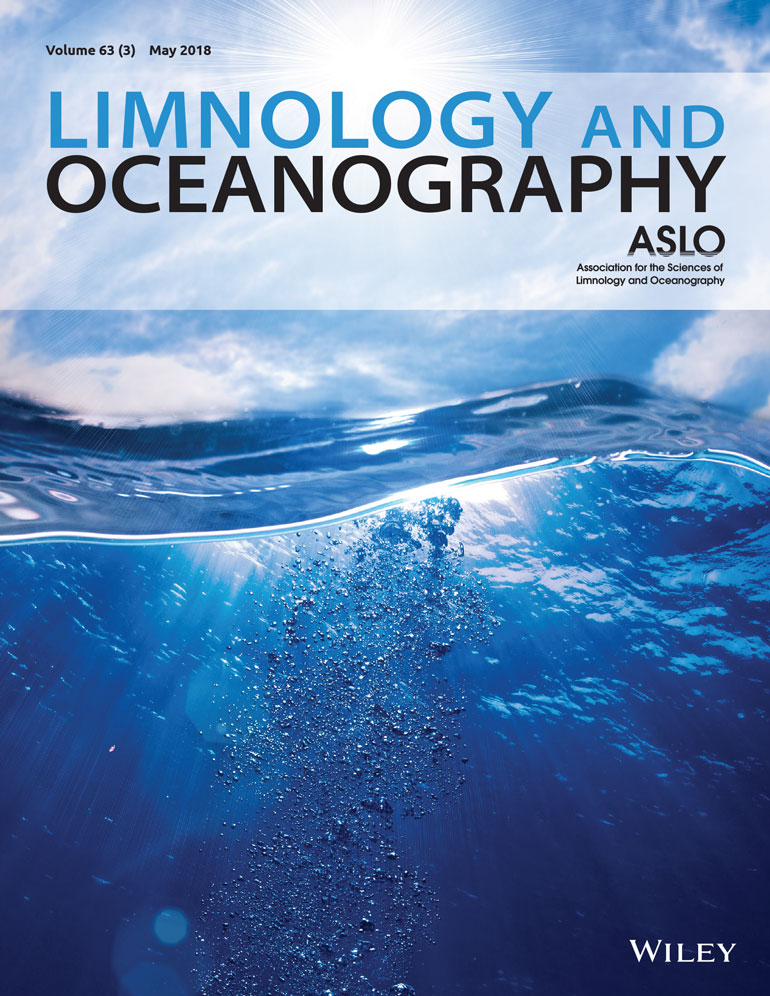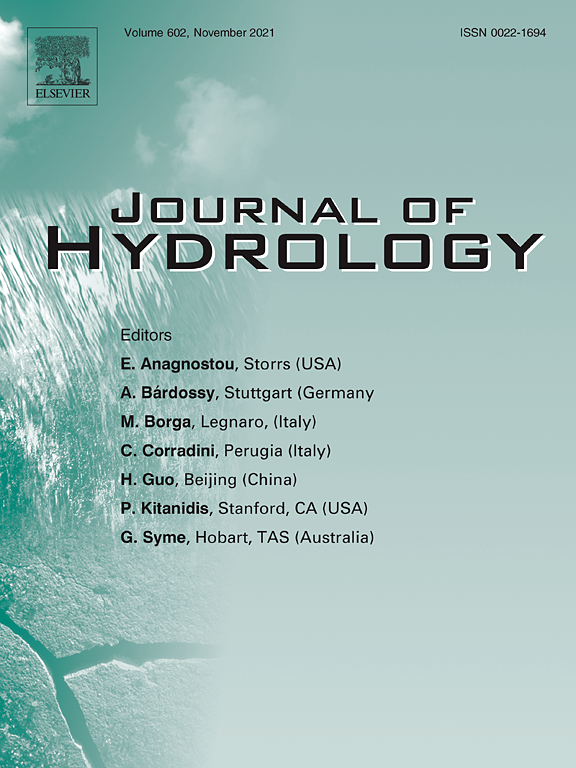- Department:(Dept. 1) Ecohydrology and Biogeochemistry
Reducing Uncertainty in Hydrologic Model Using Water Isotope and Chloride Data for Glacierized Catchment on the Tibetan Plateau
The Role of Beaver Dams in Modulating Hydrological Connectivity and Nutrient Dynamics in Agricultural Catchments With Intermittent Streams
Beaver dams and associated wetlands can alter hydrological connectivity and biogeochemical processes,, but their combined influence on nutrient dynamics remains understudied. The authors investigated the effects of a network of beaver-impacted waters on macronutrients dynamics in an intermittent stream network showing the effectiveness of beaver created wetlands as nature-based solutions.
Knots in the Strings: Do Small-Scale River Features Shape Catchment-Scale Fluxes?
The authors review how river “knots” associated with bifurcations, confluences, and obstructions, which are spatially and temporally heterogeneous reaches in a river network affect reach-scale processes including flow attenuation, enhanced vertical and lateral connectivity, and augmented solute retention and uptake. .
Imprints of increases in evapotranspiration on decreases in streamflow during dry periods, a large-sample analysis in Germany
Carbon dioxide emissions across contrasting urban freshwater ecosystems
Stepwise tracer-based hydrograph separation to quantify contributions of multiple sources of streamflow in a large glacierized catchment over the Tibetan Plateau
The authors identified the sources of streamflow and their temporal dynamics in a glacierized catchment of the Tibetan Plateau using isotopic and geochemical signatures. They demonstrated that incorporation of high-resolution tracer data in an appropriate model structure can help resolve streamflow components and identify the dynamics of dominant recharge sources in cryosphere environments.

Variability of evapotranspiration fluxes affected by dry and wet year transitions in beech, pine and mixed stands in the lowland of northeast Germany
Consequences of the Aral Sea restoration for its present physical state: temperature, mixing, and oxygen regime
The Aral Sea is both an example of large-scale environmental degradation caused by human activity and a message of hope through its partial restoration. The field observations and model scenarios show that the restored part of the Aral Sea appears to be healthy in terms of vertical mixing and oxygenation, but small changes of water level or transparency could alter the entire ecosystem.
Urban Hydrological Connectivity and Response Patterns Across Timescales: An Integrated Time-Frequency Domain Analysis
The authors investigated the interconnections of rainfall, groundwater and stream flow in the Wuhle river in Berlin using autocorrelation, cross-correlation and time-frequency analyses of long-term data. Despite the strong influence of urban storm drainage, they showed a high degree of persistence of the groundwater signals.


